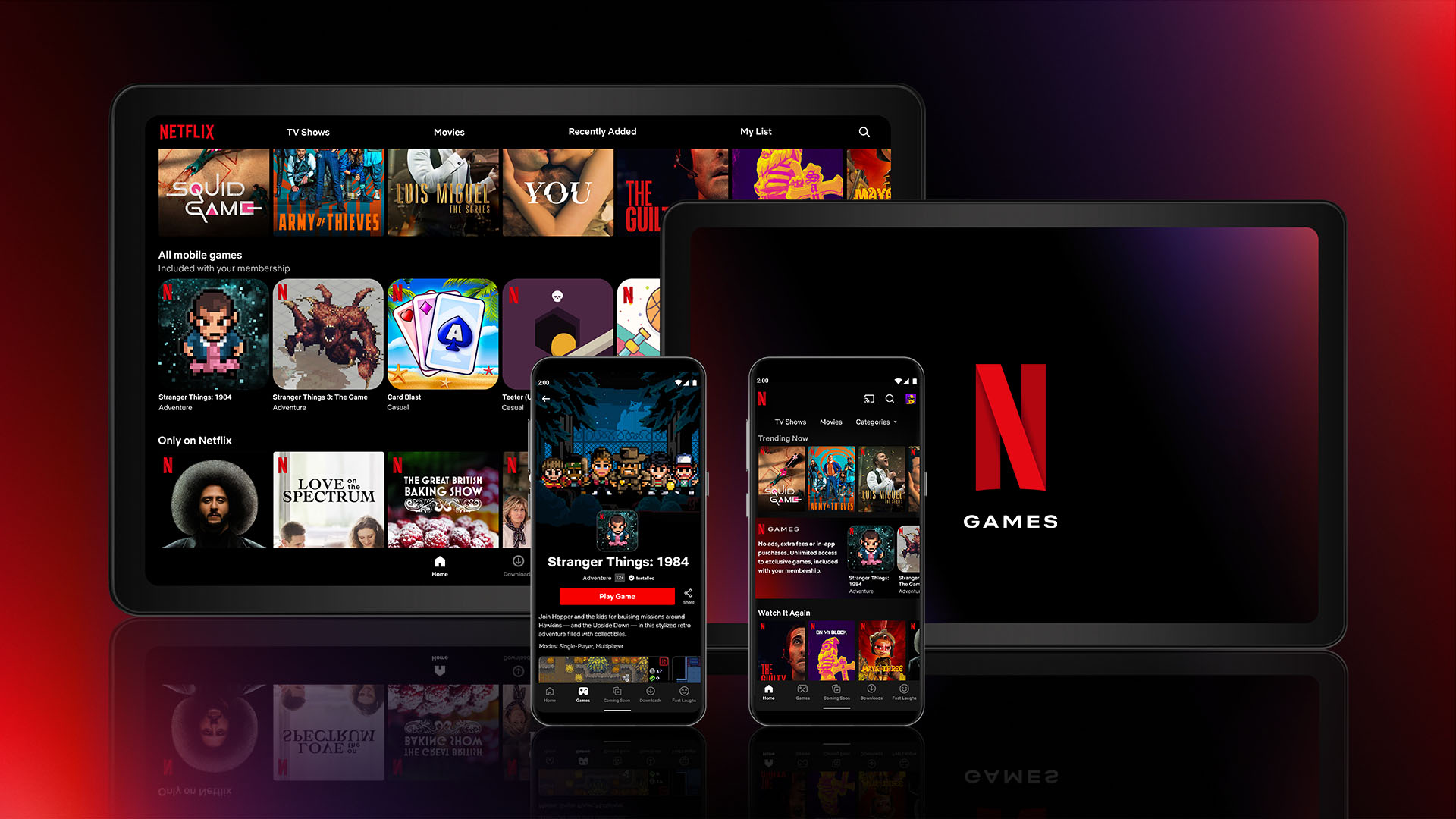
The impact of Netflix raising its costs
The company announced its latest price increase on Friday, Jan. 14, affecting more than 74 million consumers across the United States and Canada.
On Jan. 14, Netflix announced the raise of its monthly prices for its streaming service across the United States and Canada.
According to Netflix’s website, the cost for a basic plan is now $9.99, a dollar increase from before; a standard plan jumped $1.50 to $15.49 from $13.99; and a premium account increased by two dollars, from $17.99 to $19.99, according to Netflix’s website.
In Canada, the basic plan cost will remain the same for the time being, while Canada’s costs went up at the same rate in Canadian dollars.
“We’re updating our prices so that we can continue to offer a wide variety of quality entertainment options. As always we offer a range of plans so members can pick a price that works for their budget," a spokesperson told Reuters.
The company also said that the new costs are effective for new customers, while existing customers will receive an email about the price increases 30 days before they see the price increase.
Almost immediately after the price increase was announced, Netflix saw its Nasdaq stock increase, going up as much as 3% on Friday, ultimately rising 1.25% to close, according to CNBC.
This is just the latest price hike Netflix has issued over the years, and the most recent one since October 2020.
RELATED CONTENT
Customers in certain states — namely New York, Alabama and Louisiana — are also being hit with a new local sales tax bill, which Netflix states is due to the addition of video games to the service.
While Netflix remains the largest streaming service in the world — with more than 213.5 million subscribers globally (including roughly 74 million in the U.S. and Canada) — it increasingly faces more and more competition.
Between Hulu, Disney+, HBO Max, Amazon Prime Video, Apple TV+ and more, the video streaming service market continues to grow, each of them pouring billions into new programming for consumers.
Amazon Prime Video is currently second in subscriptions in the U.S. and Canada, with roughly 50 million subscribers.
According to Statista, Netflix generated nearly $7.5 billion in total revenue in the third quarter of 2021.
With Netflix’s common practice of increasing its costs at roughly a yearly basis, while remaining atop the video streaming service landscape, it remains to be seen if any of its competitors will be able to reach it.











LEAVE A COMMENT: